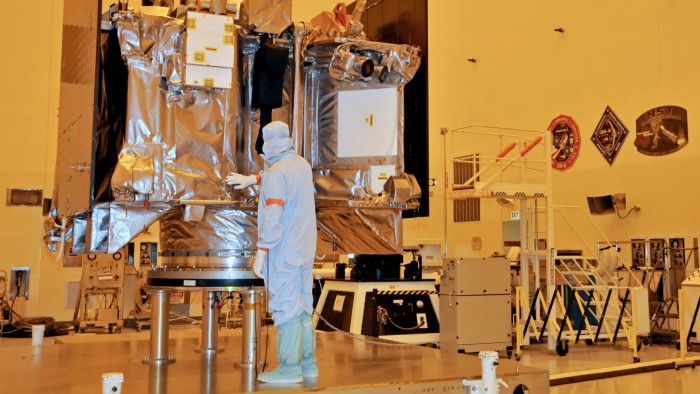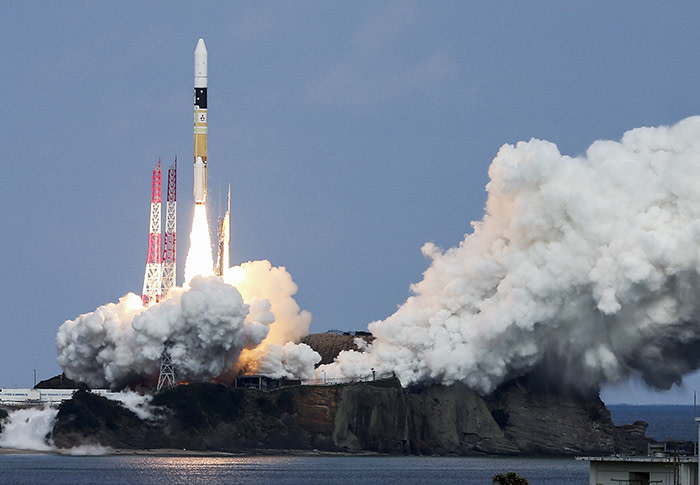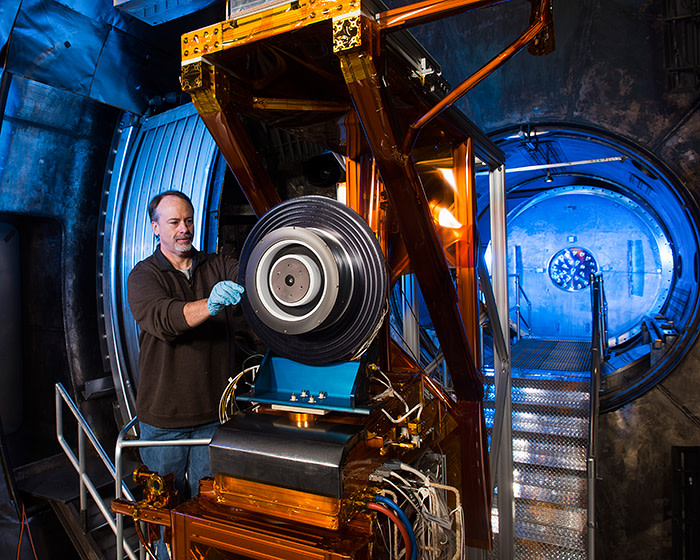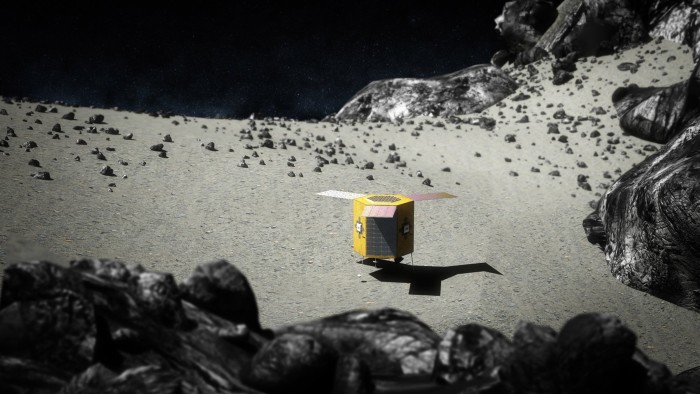Space mining aims to exploit Earth-threatening asteroids

Roula Khalaf, Editor of the FT, selects her favourite stories in this weekly newsletter.
Asteroids are the Jekyll and Hyde of the solar system. If their evil side is in charge, there is an occasional tendency to hit Earth, causing death and destruction. Their good side is that they offer astronomers a treasure trove of information and promise a bountiful supply of raw materials for humanity.
To embrace the celestial Jekylls and avoid the Hydes, we need to know the location and composition of the many and varied bodies with orbits around the Sun that come close to Earth.
Much of the mapping can be done with telescopes on Earth. To find what asteroids are made of, however, we need to send a spacecraft.
Public space agencies are on the case. The most ambitious mission so far is Osiris-Rex, by the US space agency Nasa. Launched in September last year, the craft will reach a near-Earth asteroid called Bennu in 2018. It will fly around for two years, surveying the carbon-rich surface of the asteroid, then collect up to 2kg of soil or rock. It will return to Earth with the sample in 2023.

The Japanese space agency Jaxa is also exploring asteroids. In 2010, its Hayabusa mission brought back a tiny amount of dust from a small asteroid called Itokawa. The follow-up Hayabusa 2 mission is en route to another asteroid, Ryugu, which it is due to reach next year; it should return to Earth with a larger sample at the end of 2020.
More ambitious and further in the future is Nasa’s Asteroid Redirect Mission. This would send a robotic spacecraft to a large asteroid, collect a multi-tonne rock and redirect it into a stable orbit of the moon. Astronauts would explore it there and bring samples to Earth in the late 2020s. One problem, though, is that Nasa’s 2018 budget does not include funds for Asteroid Redirect, so the mission’s future is uncertain.
There is more positive news about Nasa’s Psyche mission, which has moved up the priority list and may start in 2022. In 2026/27 a robotic craft would visit and survey Psyche, a unique metal asteroid, which may be the exposed nickel-iron core of an early failed planet.
Both Nasa and the European Space Agency (ESA) are considering “asteroid impact” missions for the early 2020s to investigate the feasibility of deflecting any asteroid that might be heading for a catastrophic crash with Earth. Neither has yet secured enough funding to proceed with final development.

All these missions involve large robotic spacecraft that cost hundreds of millions of dollars.
Miniaturisation may offer a cheaper route. A proposal for an Asteroid Touring Nanosat Fleet was put to the European Planetary Society Congress, held in Latvia last month. It would send 50 nanosatellites propelled by solar wind sails (esails). Each craft would use a 4cm telescope to image six asteroids from a distance of about 1,000km.
Pekka Janhunen of the Finnish Meteorological Institute, the project leader, estimates the cost at just €60m. “The nanosats could gather a great deal of information,” Mr Janhunen says. “They would also gather data on the chemical composition of surface features, such as whether the spectral signature of water is present.”
The private sector is planning to send small satellites on asteroid prospecting missions. Deep Space Industries and Planetary Resources, both US companies, are developing projects that will test their technologies in Earth’s orbit before heading farther into space.
Planetary Resources hopes to launch Arkyd-301, its first prospecting mission, in 2020. This would send a small group of craft to investigate asteroids believed to be rich in exploitable water.

Prospector-1, the first commercial interplanetary mining mission by Deep Space Industries, will intercept a near-Earth asteroid to determine its value as a source of space resources.
After arrival, Prospector-1 will map the asteroid’s surface and subsurface. The spacecraft will then use its water thrusters to touch down, measuring the asteroid’s geophysical characteristics.
A feature of Deep Space Industries’ craft is the use of a direct water thruster called Comet, a simpler way to use water for propulsion. Grant Bonin, the company’s chief technologist, calls it a “flying steam kettle”.
The first private missions to the moon, a closer and easier target than asteroids, could come as soon as next year, with the $30m Google Lunar XPrize providing an incentive.
Both Moon Express of Florida and ispace of Japan hope to win the prize by being the first privately funded team to place a rover on the moon, travel 500m across its surface and transmit high-definition video and images back to Earth.

Comments